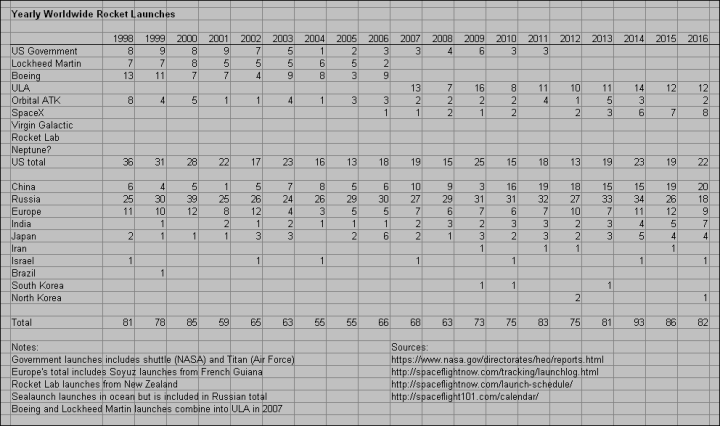Proton launch delayed again, possibly for months
The first Russian Proton launch since June and presently scheduled for February 2nd could possibly be delayed again, possibly for months this time.
The launch of a Proton carrier rocket with the EchoStar-21 satellite could be postponed yet again, a source at Baikonur cosmodrome told Interfax on Monday. “Preparations continue for the launch of the Proton carrier rocket. However, given a combination of factors, a lengthy pause cannot be ruled out which may lead the launch to be postponed by several months,” the source said. It was reported that the Proton launch with the EchoStar-21 satellite was slated for February 2 but then postponed again by a week for non-technical reasons.
It is very unclear what is causing these repeated delays which has produced possibly the longest gap between Proton launches in quite awhile.
The first Russian Proton launch since June and presently scheduled for February 2nd could possibly be delayed again, possibly for months this time.
The launch of a Proton carrier rocket with the EchoStar-21 satellite could be postponed yet again, a source at Baikonur cosmodrome told Interfax on Monday. “Preparations continue for the launch of the Proton carrier rocket. However, given a combination of factors, a lengthy pause cannot be ruled out which may lead the launch to be postponed by several months,” the source said. It was reported that the Proton launch with the EchoStar-21 satellite was slated for February 2 but then postponed again by a week for non-technical reasons.
It is very unclear what is causing these repeated delays which has produced possibly the longest gap between Proton launches in quite awhile.

